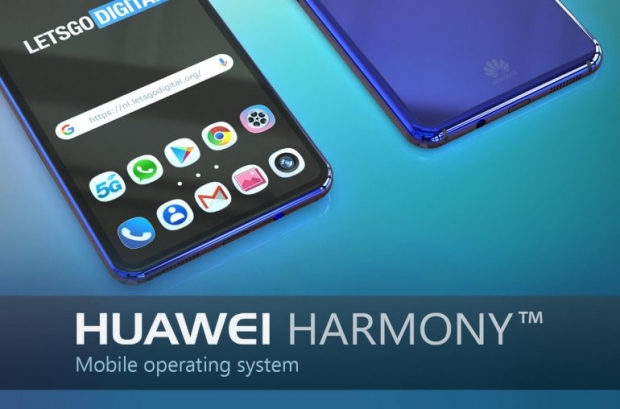The new OS is part of Huawei’s attempt to develop its technologies from chips to software to reduce its reliance on US firms amid an intensifying US-China trade war.
Huawei had previously given little information about the software, fueling speculation about how quickly or effectively it could find an alternative to the Android system.
Huawei head of Huawei’s consumer business group Richard Yu said that Harmony was completely different from Android and iOS.
“You can develop your apps once, then flexibly deploy them across a range of different devices”, he told a developers’ conference held in Dongguan in southern China, where Huawei has built a lavish new campus modelled after European towns.
Yu said the Honor televisions it plans to unveil on Saturday would be the first product using Harmony, called Hongmeng in Chinese, and it plans to roll it out for use in other devices until 2022.
What is clear is that Harmony was not being developed to rival Android, but was closer to Google’s Fuchsia - an open-source OS being developed at the American firm for gadgets that could include everything from smartphones to Internet-of-Things devices.
Yu mentioned Google’s Fuchsia several times during his talk.
He also said it would be difficult for Huawei to meet its previous goal of becoming the world’s biggest smartphone maker by shipments this year due to US curbs imposed in May.
The company would have been able to ship 300 million smartphones this year without such restrictions. It shipped 118 million units in the first half.




